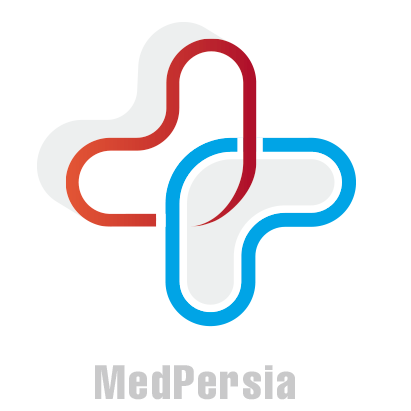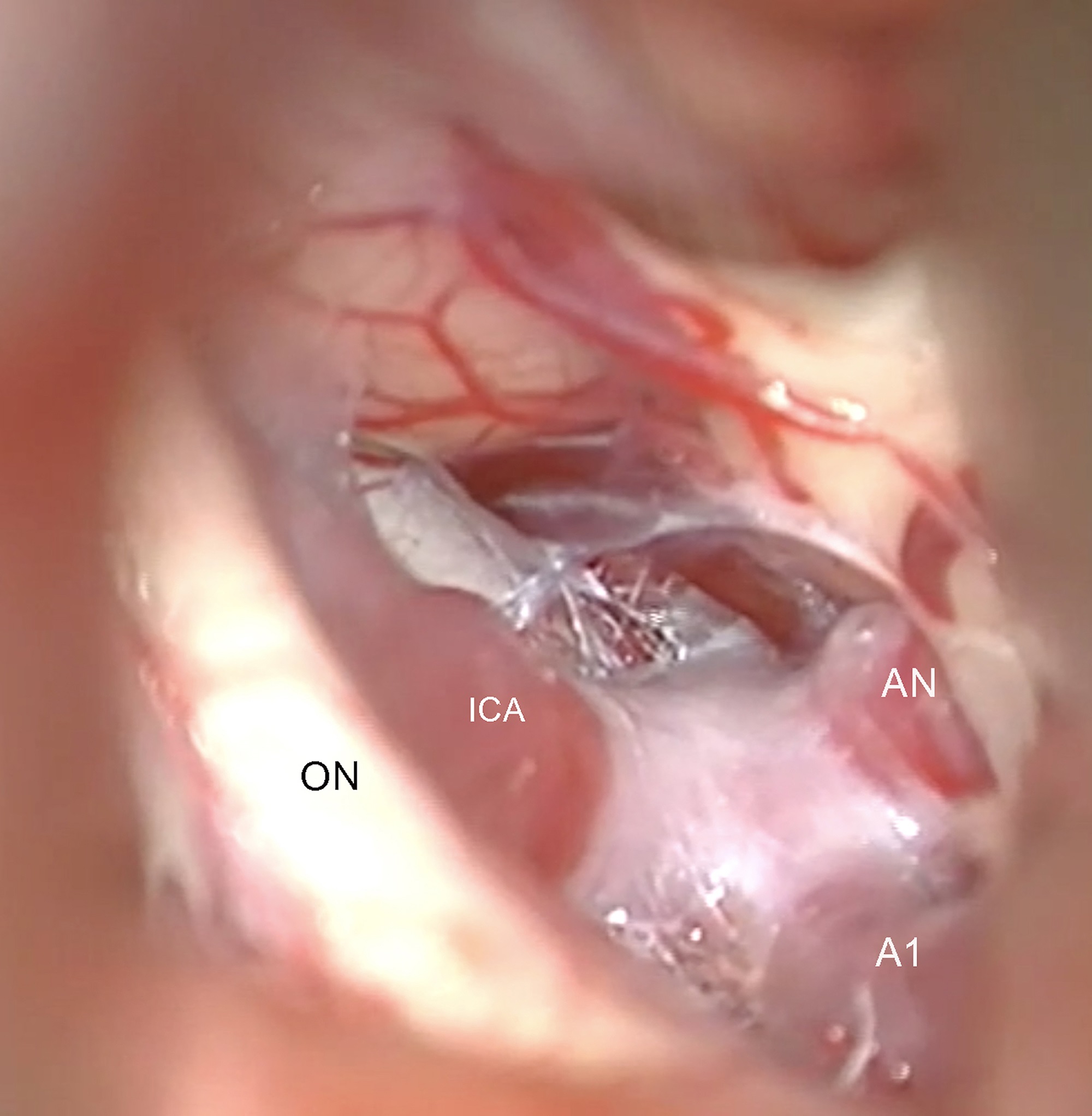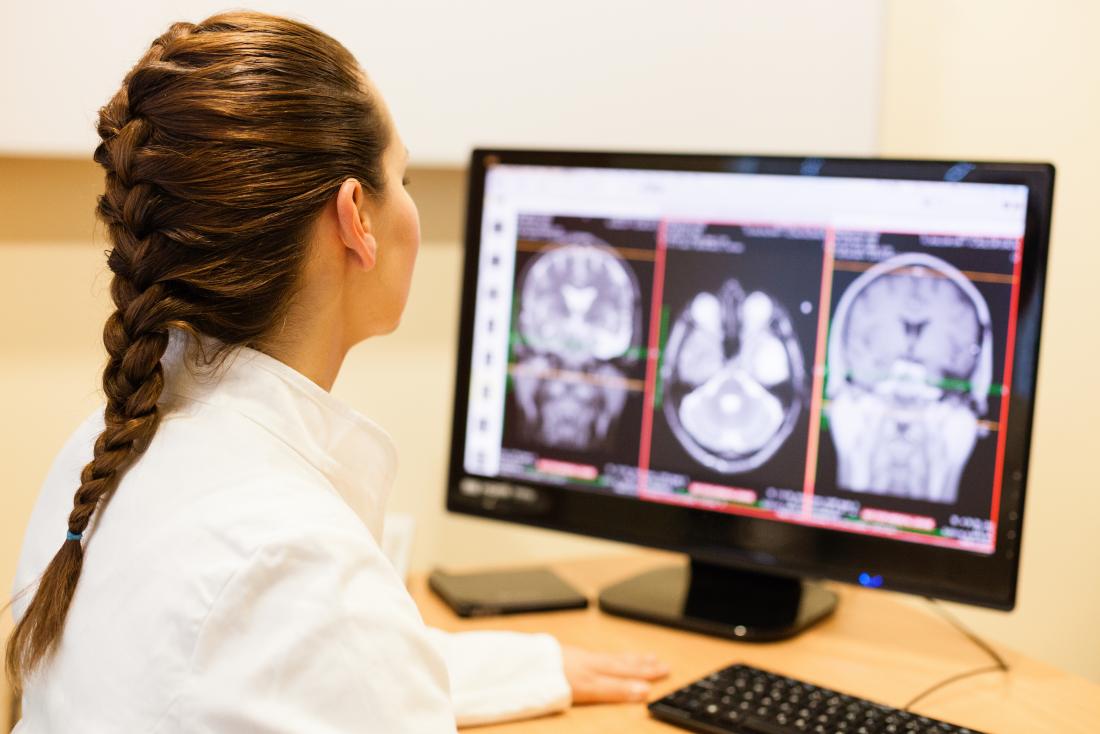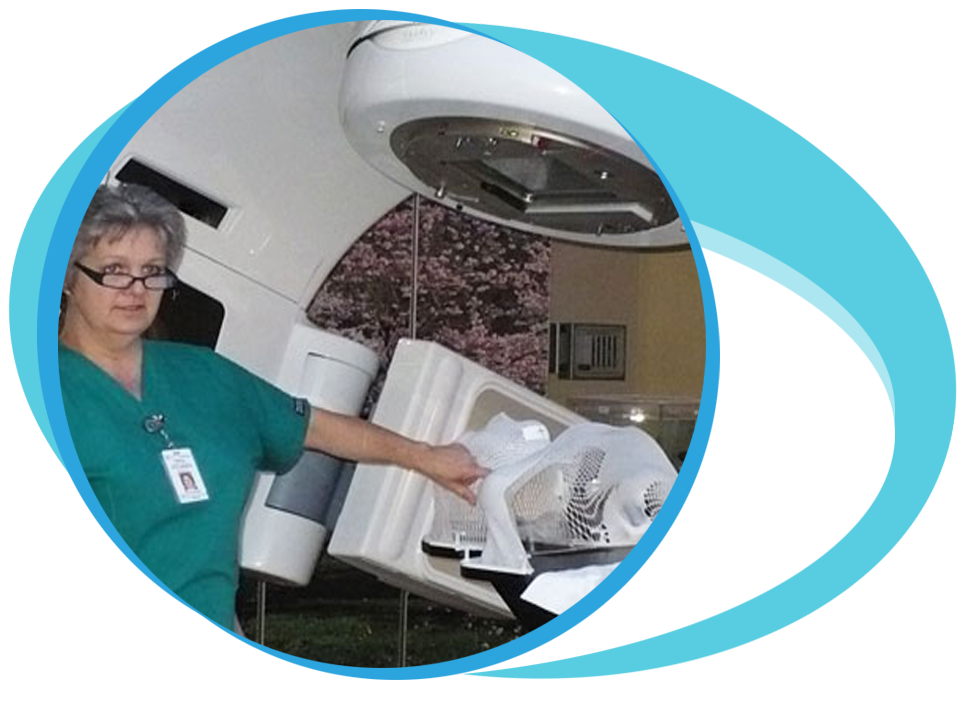Intracranial Aneurysm Surgery in Iran Details
What is a Brain Aneurysm?
A brain aneurysm is also referred to as intracranial aneurysm or cerebral aneurysm.
The weak and abnormal spot on a blood vessel that results in an outward ballooning or bulging of the arterial wall is referred to as brain or cerebral aneurysm.
This aneurysm can create a sac from one wall, can include all the walls of the blood vessel or can even dissect all the vessel walls.
Any vessel in the body can get affected by an aneurysm but presence of aneurysm in the head can result in serious medical condition.
An aneurysm in the head ruptures resulting in a hemorrhagic stroke that can cause brain damage and even death.
These aneurysms are generally found in the subarachnoid space and accounts for about 90% of the subarachnoid hemorrhages.
An aneurysm varies in size from 1/8 inch to approximately 1 inch.
Aneurysms which are bigger than 1 inch are known as giant aneurysm and are very hard to treat.
- The rarest form of aneurysm is Mycotic aneurysms that are caused by an infection. This infection can weaken and damage the blood vessel and increase the chances of rupture.
Subacute bacterial endocarditis is responsible for causing this infection.
When a cerebral blood vessel acquires trauma from a head injury then traumatic aneurysms can occur. - Berry or saccular aneurysms are considered as the most common type and are in the shape of a small sac.
- The diffused swelling of the vessel is known as Fusiform that includes the complete circumference of the blood vessel.
When the surrounding brain is compressed by the Fusiform then it results in stroke-like symptoms.
What are the symptoms of Brain Aneurysm?
The condition of brain aneurysm does not result in any symptoms and are usually discovered at the time of some other tests for an unrelated condition.
An unruptured aneurysm presses on the different areas of the brain that can result in many problems.
During this time a person suffers from blurred vision, neck pain, severe headaches and changes in speech.
Usually the symptoms of a ruptured brain aneurysm occur unexpectedly.
Other symptoms include the followings:
- Seizures
- Neck pain
- Loss of consciousness or fainting
- Unexpected severe headaches which are unlike past headaches
- Sensitivity to light
- Vomiting and nausea
Causes of Brain Aneurysm?
An aneurysm can occur due to the hardening of the arteries and aging.
An individual may also inherit the tendency of developing aneurysms.
The risk factors associated with brain aneurysms can be controlled while the other risk factors cannot be controlled.
Here are some risk factors that increase the chances of forming an aneurysm and if a person already developed aneurysm then there are chances of rupture including the followings:
- Previous Aneurysm: There are chances of developing another aneurysm when a person already had a brain aneurysm.
- Hypertension: There are more chances of subarachnoid hemorrhage in those who have a history of hypertension.
- Family History: A family history of brain aneurysm can increase the chances of developing an aneurysm as compared to those who don’t.
- Smoking: Smoking is also one the cause of developing a brain aneurysm where an aneurysm may also rupture.
- Gender: As compared to men, women suffer more from subarachnoid hemorrhage.
Diagnosis of Brain Aneurysm
Several tests are performed for diagnosing the condition of brain aneurysm that include the followings:
- Magnetic Resonance Angiography (MRA): Just like CTA, pulses of radio wave energy and magnetic field is used in MRA.
This provide for pictures of blood vessels within the body.
A dye is used while performing MRA in order to view blood vessels properly. - Computed Tomography (CT) Scan: This test can help in examining the bleeding in the brain.
Lumbar puncture can be used if a person is diagnosed with ruptured cerebral aneurysm along with a subarachnoid hemorrhage. - Cerebral Angiogram: In this X-ray test, there is an insertion of a catheter from a blood vessel in the arm.
It is then moved up from the vessel within the brain.
Then into the cerebral artery, a dye is injected.
This test is ideal for locating small brain aneurysms. - Computed Tomography Angiogram (CTA) Scan: As compared to standard CT scan, CTA is considered as the best method for examining blood vessels. CTA involves special computer techniques, CT scanning and contrast material which is inserted into the blood for producing pictures of the blood vessels.
Who can get affected by Brain Aneurysm?
An aneurysm can develop at any age. It is not necessarily present at the time of birth.
Usually aneurysms develop after birth and in a few cases, they are present for few weeks or months before rupturing.
It has been seen that many aneurysms remain stable for several years and it is not necessary that all aneurysm will rupture.
Both men and women can develop aneurysm. In between the age of 40-70, rupturing is more common.
However, rupturing can occur at any age.
Treatment of Brain Aneurysm
The treatment depends upon several factors that help in determining the treatment type.
Factors such as size of the aneurysm, overall health of the patient, age of the patient and additional risk factors, determines the appropriate treatment.
There is a less risk of rupturing of an aneurysm which is less than 10 mm and the surgery for brain aneurysm is usually risky.
So, for this reason, proper examining of the patient’s condition is done before performing any kind of surgery.
Surgery is recommended when an aneurysm is either resulting in pain or causing other symptoms.
Here are two surgeries that are performed for treating unruptured and ruptured brain aneurysms.
Surgical Clipping: During the surgical procedure, a small metal clip is placed at the base of aneurysm in order to separate it from usual blood circulation.
This helps in preventing rupturing and lowers down the pressure on the aneurysm.
This surgery depends upon the size and location of the aneurysm and on the overall health of a patient.
Coil Embolization: In this procedure, a doctor inserts a small tube into the affected artery and is placed around the aneurysm.
From the tube into the aneurysm, small metal coils are moved.
This is done for relieving the pressure on the aneurysm while also making it less likely to rupture.
This surgical approach is considered more effective than surgical clipping.
Cost of Intracranial Aneurysm Surgery
The success rate of brain aneurysm surgery in Iran is very high as the surgery is performed by experienced surgeons.
Iran is known for its low-cost brain aneurysm surgery that does not affect the quality standard of the treatment.












